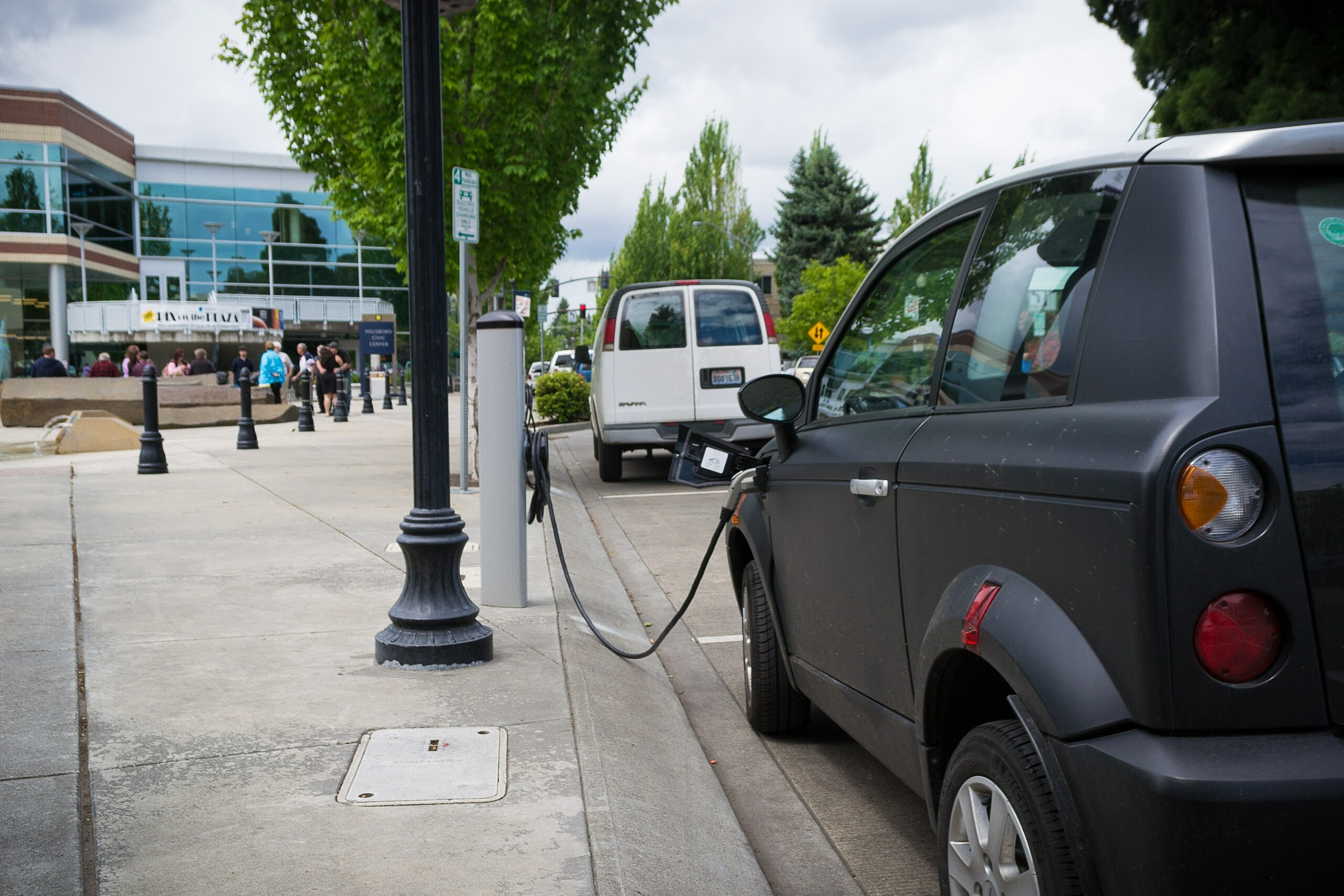Fleet operators who bought into the electric future are living through their own version of a tech bubble burst. Take BluSmart in India—thousands of company EVs flooded the used market at 25% of their original price when the ride-hailing startup collapsed. Meanwhile, rental giant Hertz discovered that Tesla depreciation doesn’t follow traditional curves when they started dumping their electric fleet at steep losses.
Your typical EV loses 50-60% of its value within three years, compared to 40-60% for electric cars over the same period. That’s not just a number on a spreadsheet—it’s real money vanishing from your driveway. A $50,000 electric SUV becomes worth $20,000 faster than you can say “battery degradation.”
The Battery Anxiety Premium
Replacement costs reaching $20,000 spook buyers despite modern batteries lasting longer than expected.
Nobody wants to inherit someone else’s battery problems. Replacement costs ranging from $5,000 to $20,000 create a shadow over every used EV transaction, even though modern batteries only degrade about 1.8% annually. The math doesn’t matter when fear drives the market.
Nobody really knows what electric cars are worth in the secondhand market. This is because their value is tied to batteries. Those batteries have uncertain lifespans. This uncertainty hits hardest when you’re staring at a three-year-old EV wondering if you’re buying transport or an expensive paperweight.
Tech Moves Fast, Values Move Faster
Rapid innovation makes last year’s model feel ancient, accelerating depreciation beyond traditional automotive cycles.
Every new model year brings longer range, faster charging, and smarter software—making your current EV feel as outdated as a first-generation iPhone. Tesla Model 3s lose about 56% over five years, which actually beats the segment average. Luxury EVs like the Audi Q8 e-tron and Jaguar I-Pace fare worse, hemorrhaging value as buyers chase the latest tech.
Government incentives compound the problem by applying only to new vehicles, creating an artificial pricing gap that used EVs can’t bridge.
Market Correction Coming
Battery leasing programs and certification standards aim to restore confidence by 2026.
Industry solutions are emerging as problems multiply. Battery leasing separates powertrain costs from vehicle ownership, while certification programs provide transparency about battery health. “Fleet operators feel the risk most acutely because their entire business model depends on predicting total cost of ownership,” notes Jack Carlson from Carvai.ai.
Analysts expect 2026 to mark the recalibration year when supply, demand, and policy find equilibrium. For potential buyers, this crash creates unprecedented access to electric transportation—if you can handle the uncertainty of being an early adopter to the used EV market.





























